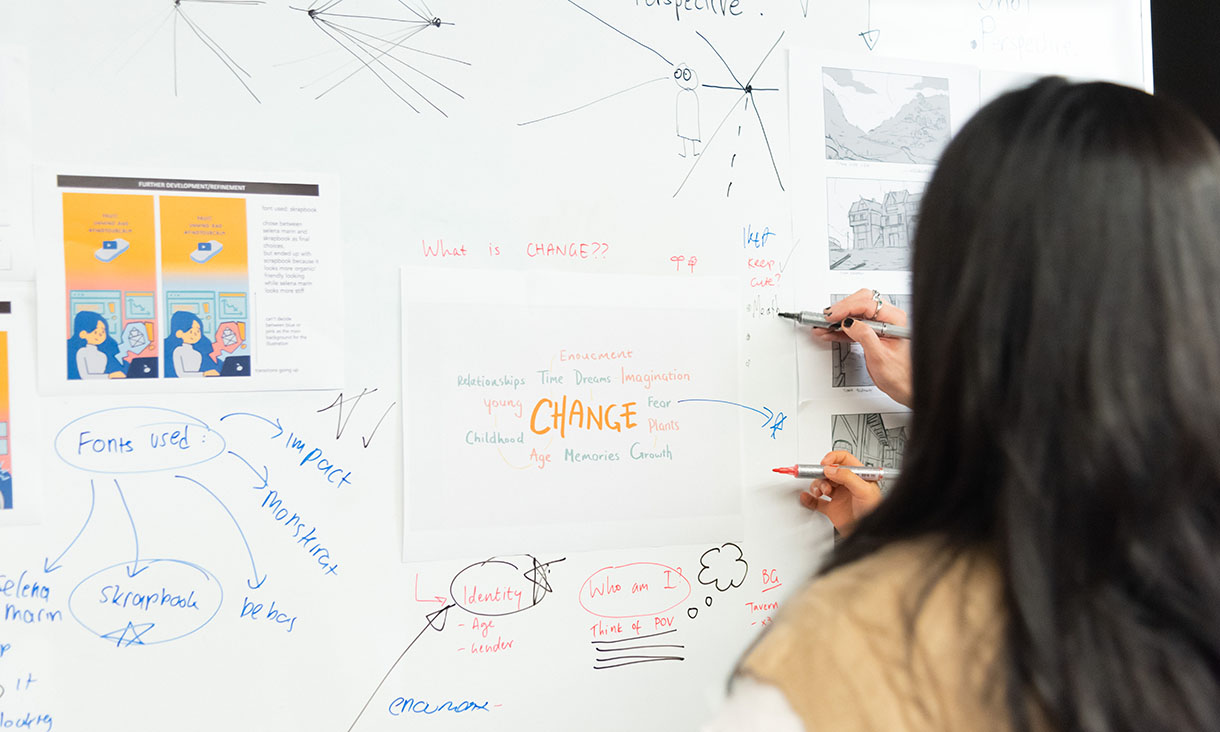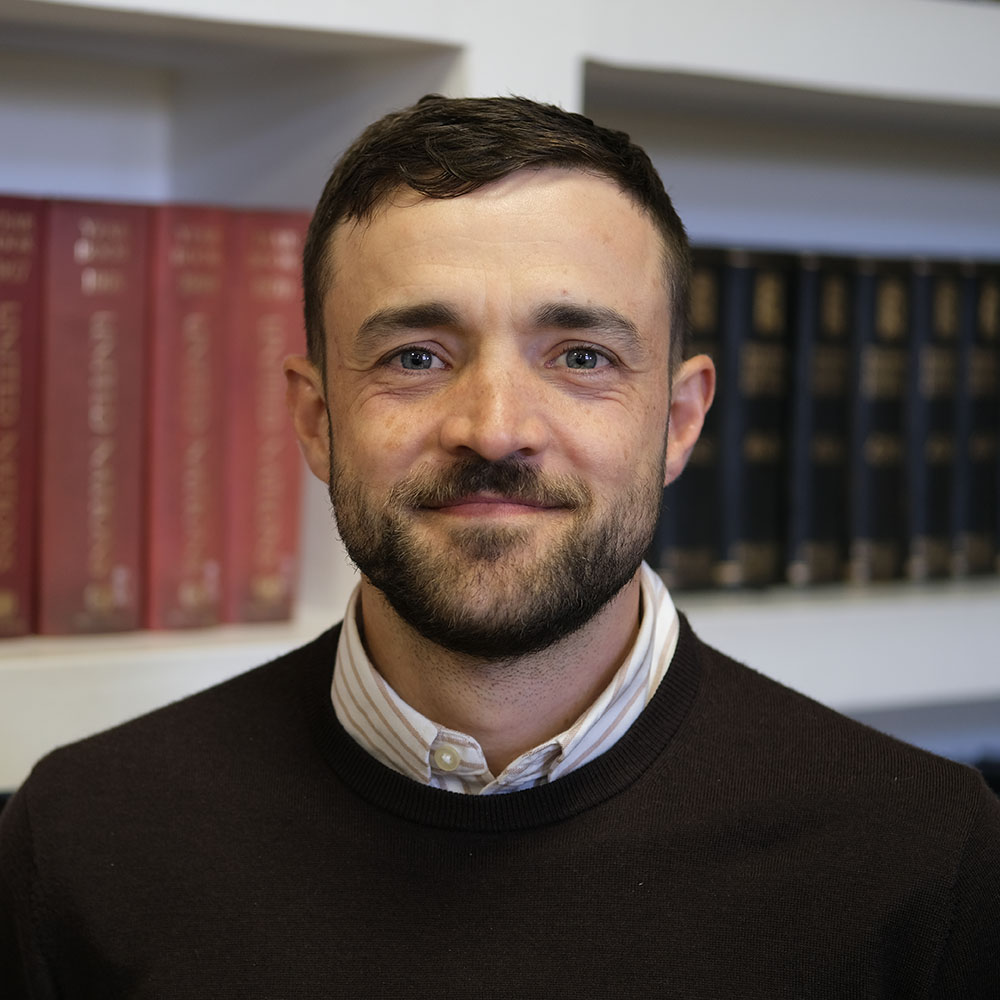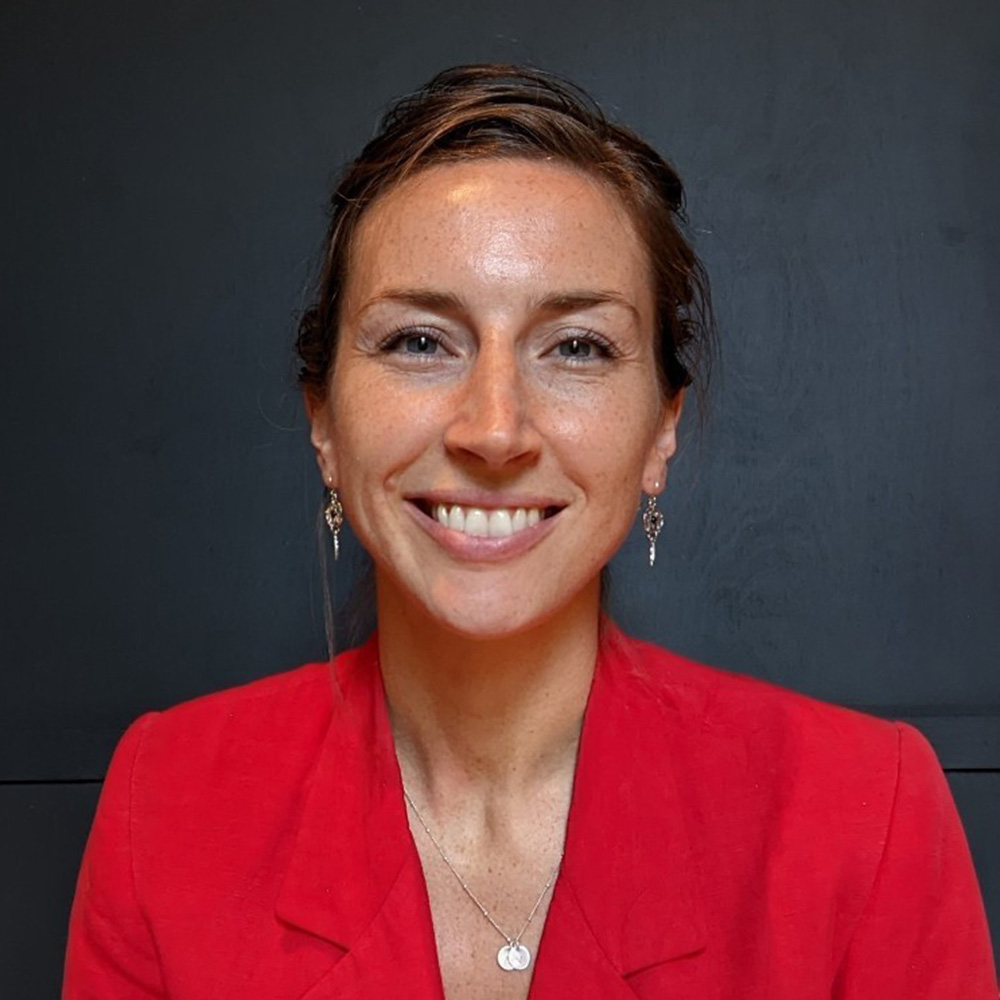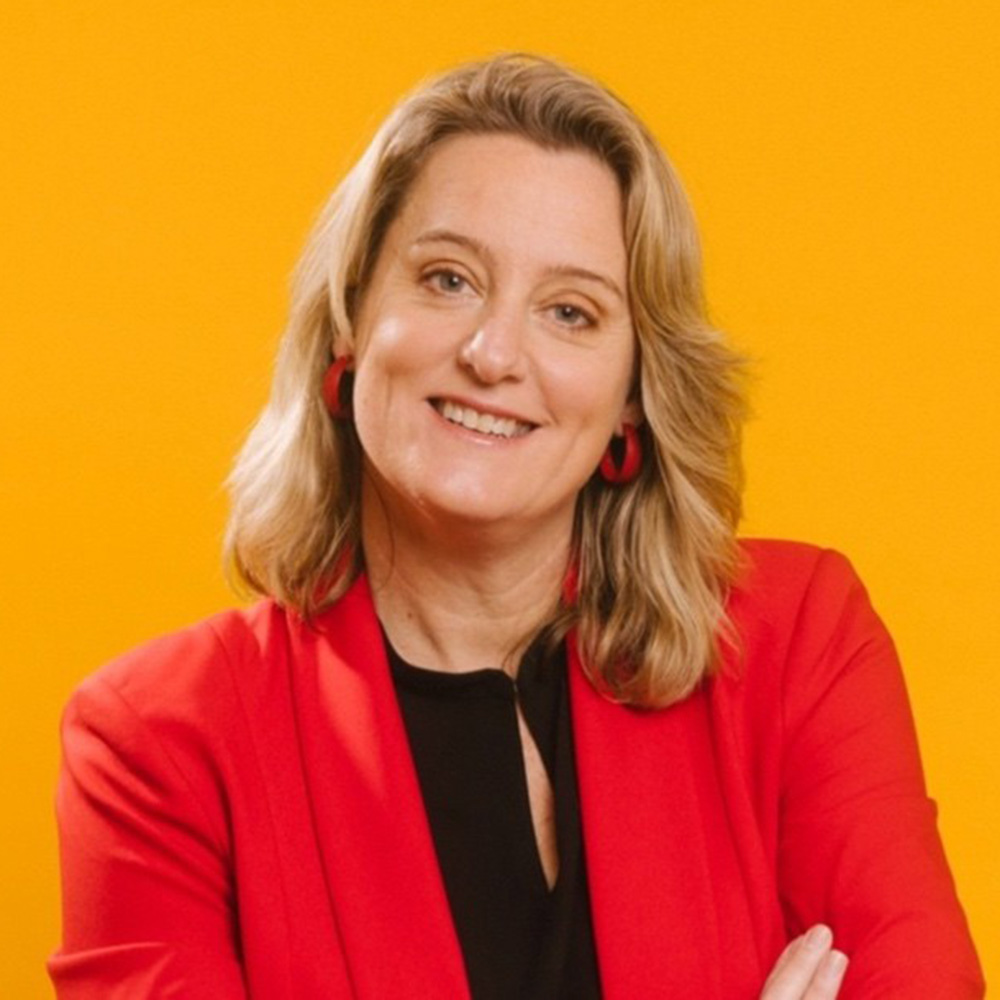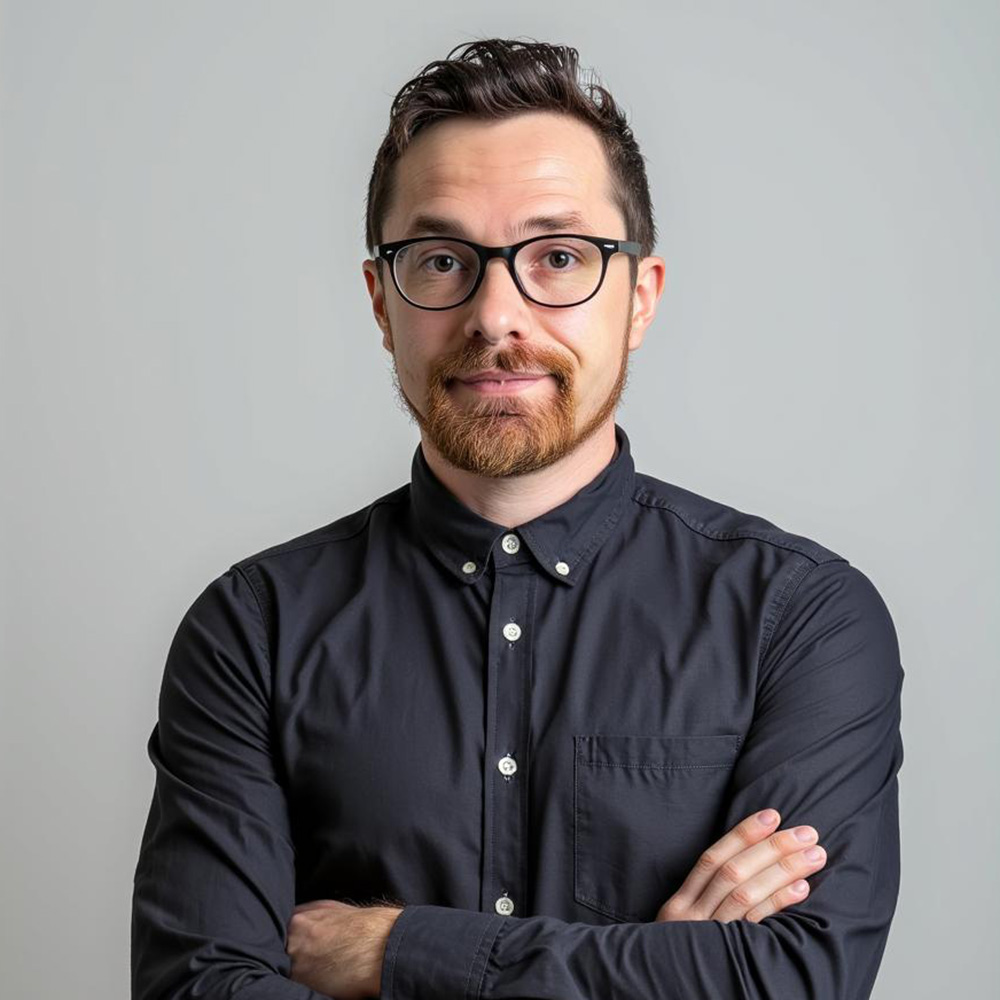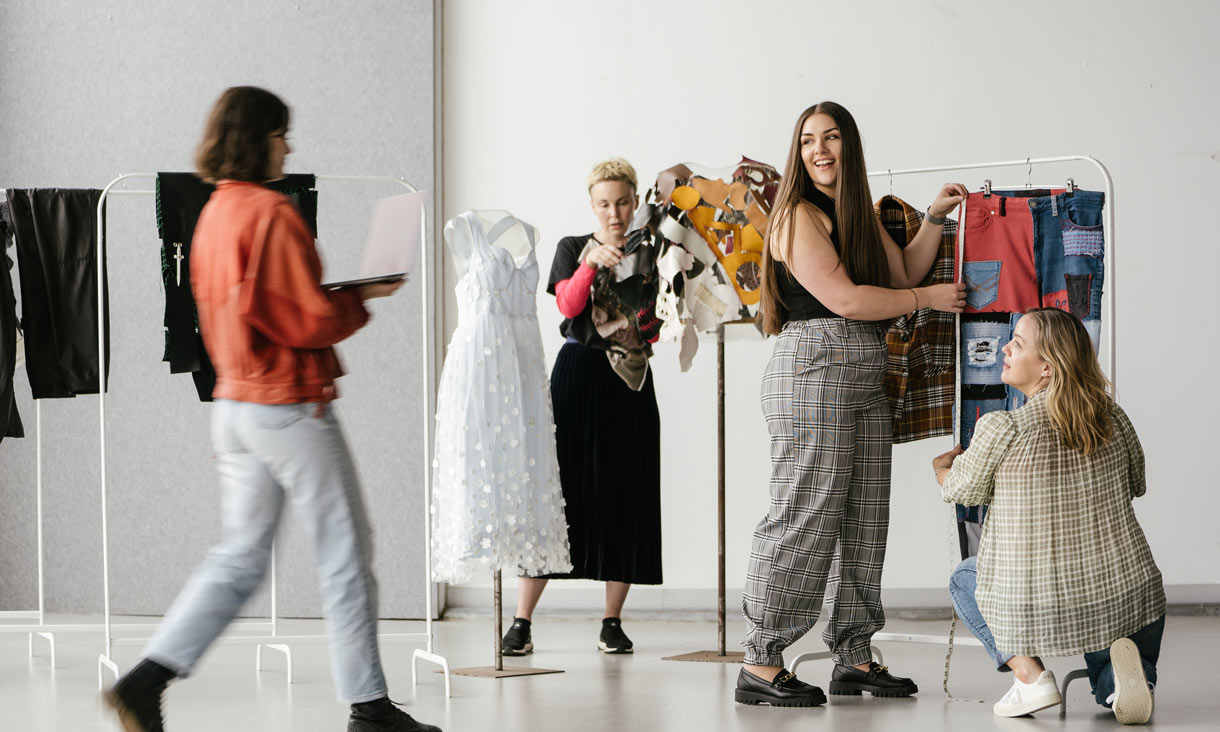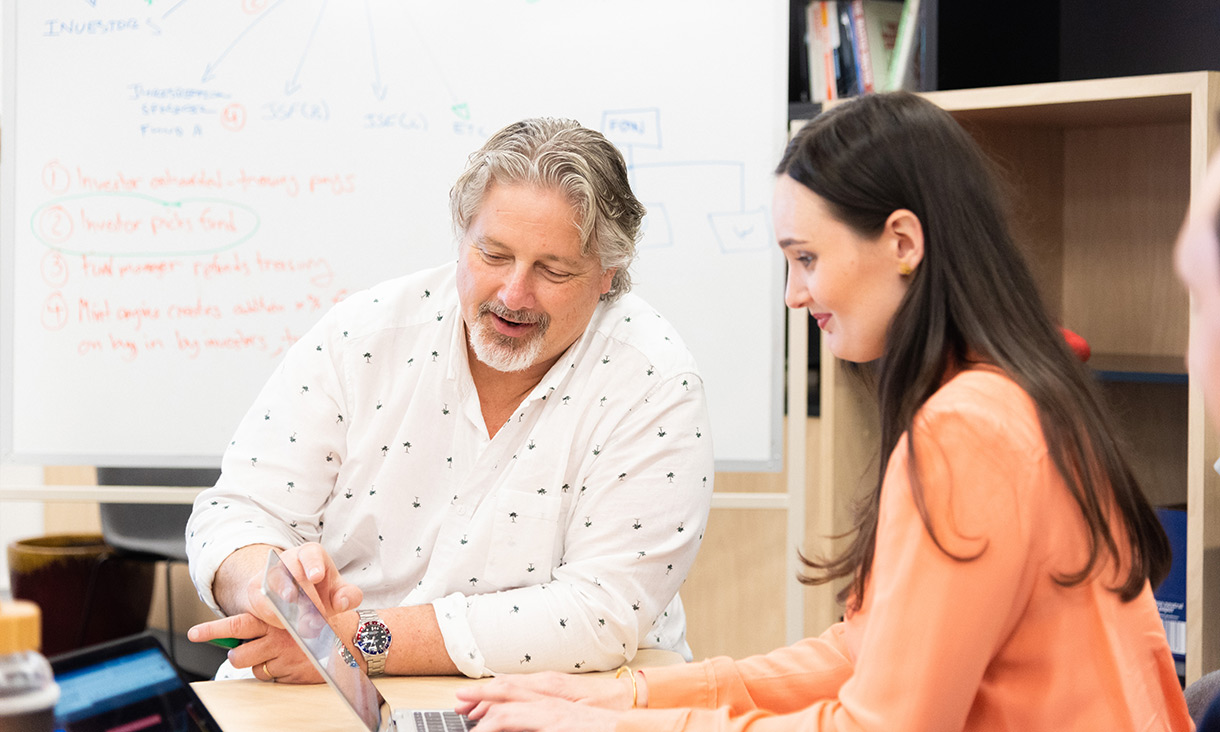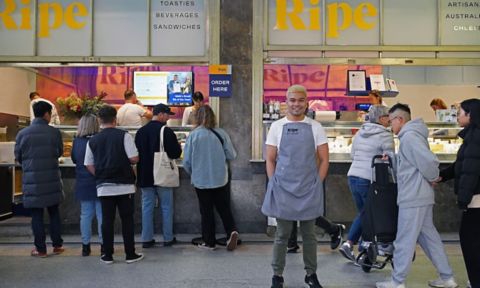Four RMIT alum creating a future free of fast fashion
Meet the creatives who are redesigning the narrative of the fashion industry.
Is it ever too late to upskill or pivot careers?
Considering a career change but reluctant to take the leap? If a small pivot or a complete directional shift is on your mind, know that it’s never too late to chase what’s calling you!
Alumni spotlight: A driven graduate with a brain for business and a nose for cheese
Since opening two delis at Melbourne’s iconic Queen Victoria Market, award-winning cheesemonger Hakim Halim has hit one success after another.
